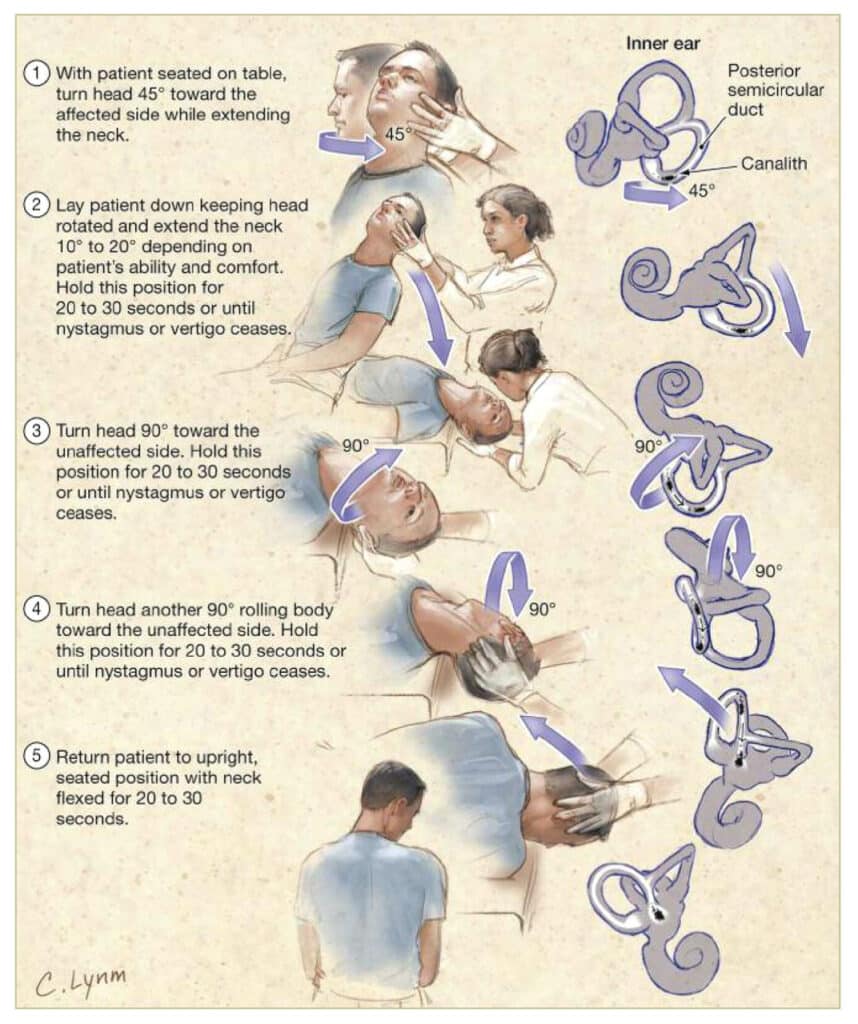Part 1: What is it
Vertigo is a feeling of dizziness / nausea that is felt when moving into different positions . The sensation can last for seconds anywhere up to a constant feeling, however this can be stopped with treatment.
There are numerous causes for vertigo but the most common causes are either calcium carbonate crystals in the inner ears or issues related to neck muscles.
Why does this sensation occur?
In the inner ear there are three canals that operate in the X,Y and Z planes. These canals are filled with fluid that run over tiny sensory hairs. In this system, information is processed to the brain based on the position of the hairs in relation with the fluid flowing over it. This then translates information about balance and head position in space (standing up, lying down, bending over). Sometimes crystals can form in the inner ear which then slows the fluid movement down over the hairs. This creates issues as misinformation is created between what the eyes are telling the brain and what the inner ear is telling the brain. Hence, this can cause the sensation of spinning, unbalance and a feeling of nausea.
Another cause is the that there are muscles that attach to your skull at the base of your brain. Your vision system is located at the back of your brain and this can sometimes be affected by these tight muscles, (inadvertently these muscles may also cause headaches). When these muscles are tight or not doing their job correctly, they can affect your balance by putting undue pressure on your brain. Hence again you may have vertigo symptoms due to the extra pressure placed on the brain by these tight muscles.
A third common cause is often related to some sort of sickness / infection of the sinus. This increases the pressure in your inner canals which (as discussed previously) has an impact on the way the fluid flows over the hairs.

Part 2: Treatment for Vertigo
It’s important to work out which canals are causing the vertigo as there are specific treatments for each canal.
This is done through different movements of the head to either relieve muscle tightness, or help move the crystals along the canals. There are specific movements that can be done to help to dislodge the crystals from the inner ear.
Generally, physiotherapy can help in most cases of vertigo when it is a muscular or sensory issue.
If you think you need help with your vertigo, come talk to us:
Ben Gildersleeve,
Senior Physiotherapist
Rouse Hill Physiotherapy – The Movement Mill

